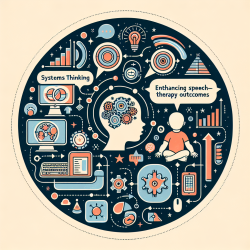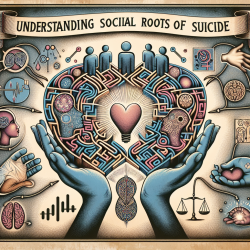Introduction
Pregnancy is a transformative period in a woman's life, filled with both joy and challenges. Among the numerous recommendations for a healthy pregnancy, engaging in regular physical activity stands out due to its myriad benefits for both the mother and the developing fetus. However, many pregnant women, especially those participating in the Special Supplemental Nutrition Program for Women, Infants, and Children (WIC) in Southern California, face significant barriers to achieving the recommended levels of physical activity.
Understanding the Barriers
According to a recent study, several barriers prevent pregnant women from engaging in regular physical activity. These barriers can be categorized into intrapersonal, interpersonal, and environmental factors:
- Intrapersonal Barriers: Fatigue, lack of energy, pain, swelling, and medical restrictions are common personal obstacles. Many women also lack knowledge about safe exercises during pregnancy.
- Interpersonal Barriers: Lack of support from partners and family, conflicting advice from friends, and insufficient guidance from healthcare providers can discourage women from being active.
- Environmental Barriers: Weather conditions can also impact the ability to exercise, especially in areas like Southern California where extreme temperatures are common.
Suggested Interventions
To overcome these barriers, the study suggests several interventions tailored to the unique needs of pregnant women:
- Community-Based Programs: Creating support groups where pregnant women can share experiences and challenges can foster a sense of community and motivation.
- Educational Materials: Providing brochures or videos on safe exercises can empower women with the knowledge they need to stay active.
- Inclusion of Family: Encouraging family participation in physical activities can promote a supportive environment and instill healthy habits in children.
- Healthcare Provider Involvement: Doctors and healthcare providers should actively engage in discussions about safe physical activities during pregnancy to reassure and motivate women.
Conclusion
By understanding and addressing the barriers to physical activity during pregnancy, healthcare providers and community programs can play a crucial role in promoting healthier lifestyles for pregnant women. Tailored interventions that consider the cultural and personal needs of women, especially those in the WIC program, can lead to significant improvements in maternal and fetal health outcomes.
For practitioners looking to enhance their skills and knowledge, further research and engagement with pregnant women can provide deeper insights into effective interventions. To read the original research paper, please follow this link: Perceived barriers to and suggested interventions for physical activity during pregnancy among participants of the Special Supplemental Nutrition Program for Women, Infants, and Children (WIC) in Southern California.










